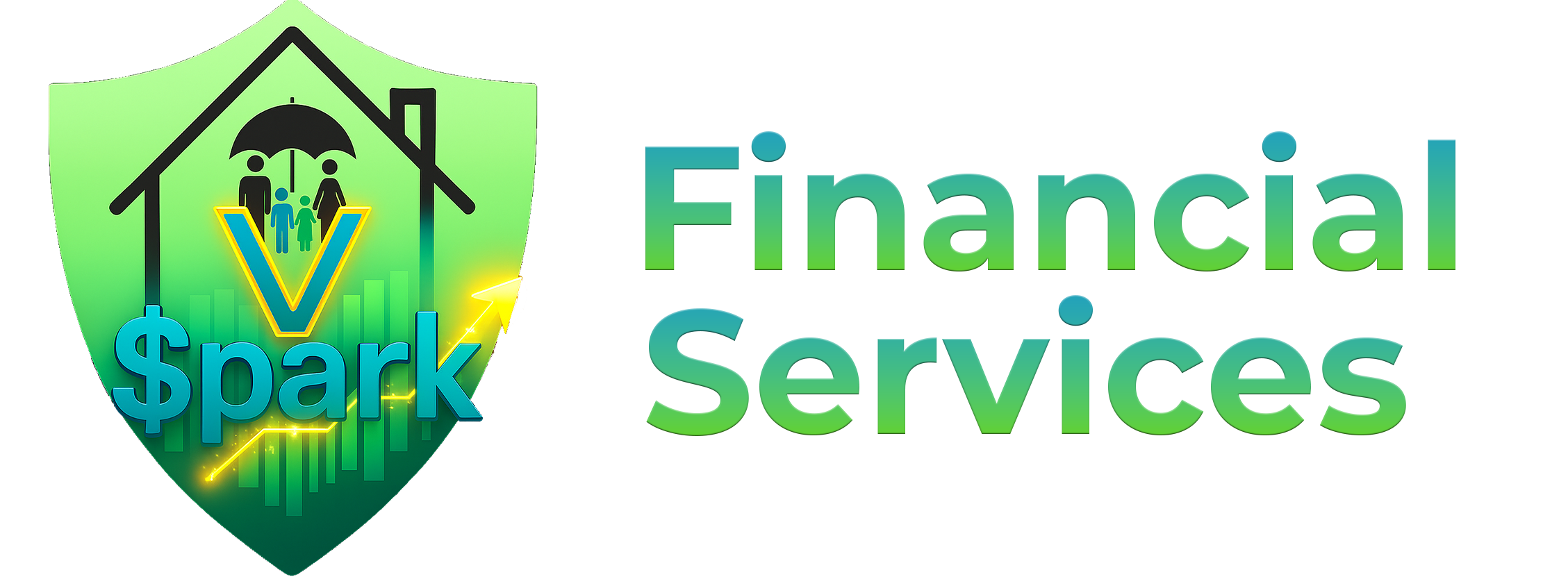No one likes to imagine a future where they may need help with everyday activities like bathing, dressing, or simply moving around the house. But the reality is that as we age, the likelihood of needing long-term care increases. Planning for this possibility isn’t just about money—it’s about protecting your independence, your family, and your peace of mind. That’s where long-term care insurance (LTCI) comes in.
The Rising Cost of Care
Long-term care is expensive.
- The average cost of a private room in a nursing home exceeds $100,000 per year.
- Assisted living facilities can cost $50,000 or more annually.
- Even part-time in-home care can quickly add up.
Without proper coverage, these costs can deplete a lifetime of savings, leaving you or your loved ones financially vulnerable.
Why Long-Term Care Insurance Is Important?
Protects Your Savings
LTCI shields your retirement funds, investments, and estate from being drained by unexpected care needs.
Reduces Family Burden
Without insurance, family members often become caregivers or are left scrambling to cover expenses. LTCI ensures your loved ones don’t have to choose between their finances and your care.
Maintains Independence
With LTCI, you decide how and where you receive care—whether at home, in an assisted living facility, or a specialized care center.
Peace of Mind
Knowing you’re covered allows you to focus on enjoying life now, without the constant worry about “what if.”
When to Consider Long-Term Care Insurance?
The best time to purchase a policy is typically in your 50s or early 60s, when premiums are lower and you’re more likely to qualify based on health. Waiting too long can mean higher costs or being denied coverage altogether.
Who Should Have It?
Pre-retirees looking to protect their nest egg.
Families with significant assets who want to preserve wealth for future generations.
Anyone who values independence and doesn’t want to rely solely on government programs or family support.

